Move to Digitize Every Fish Species in the World
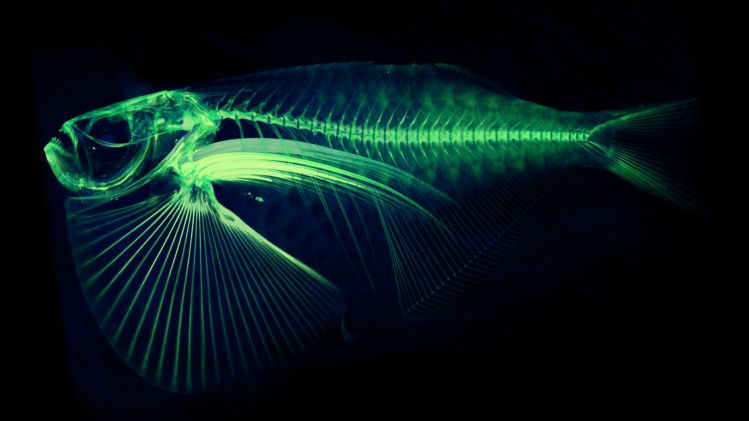
A University of Washington professor wants to scan and digitize all 25,000 species currently found in the Earth’s oceans.
That means each species will soon have a high-resolution, 3-D visual replica online, available to all and downloadable for free. Scientists, teachers, students and amateur ichthyologists will be able to look at the fine details of a smoothhead sculpin’s skeleton, or 3-D print an exact replica of an Arctic alligatorfish.
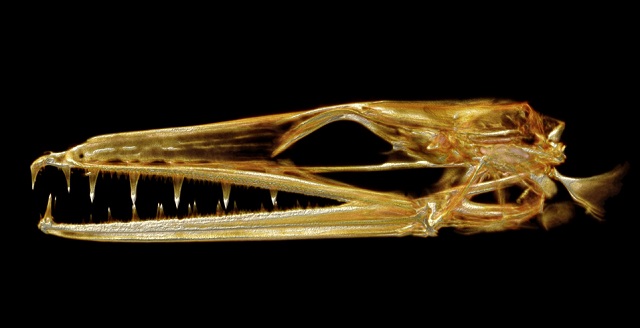 “These scans are transforming the way we think about 3-D data and accessibility,” said Adam Summers, a UW professor of biology and aquatic and fishery sciences who is spearheading the project.
“These scans are transforming the way we think about 3-D data and accessibility,” said Adam Summers, a UW professor of biology and aquatic and fishery sciences who is spearheading the project.
Summers uses a small computerized tomography (CT) scanner to churn out dozens of fish scans from specimens gathered around the world. The machine works like a standard CT scanner used in hospitals: A series of X-ray images is taken from different angles, then combined using computer processing to create three-dimensional images of the skeleton.
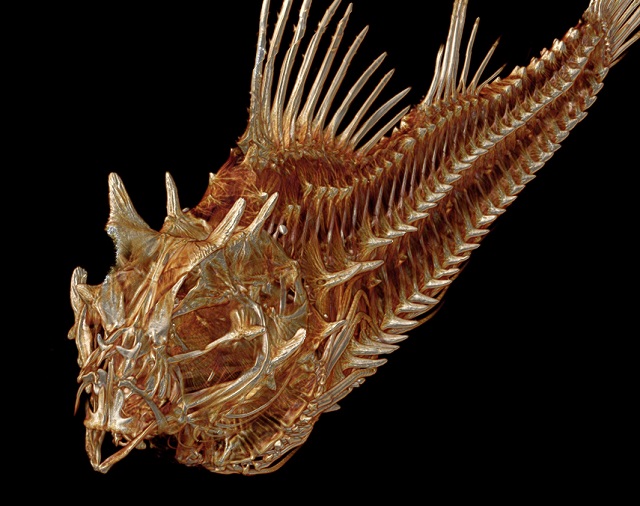 The goal is to make it possible for scientists to examine the morphology of a particular species, or try to understand why certain fish have similar physical characteristics such as bony head armor or the ability to burrow into the sand.
The goal is to make it possible for scientists to examine the morphology of a particular species, or try to understand why certain fish have similar physical characteristics such as bony head armor or the ability to burrow into the sand.
Fish from museum collections are trackable with numbers, and the online database now houses scans of fish from the UW’s Burke Museum of Natural History and Culture, the National Academy of Sciences in Philadelphia, Ohio State University, Western Australian Museum and many others.
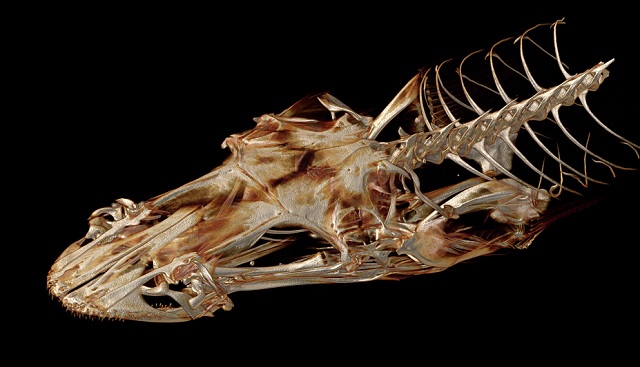 Most scientists using the 3-D fish data appear to be interested in measuring morphology — the length of a particular bone, for example — or looking for an aspect of anatomy never seen before. The scans allow the viewer to zoom in digitally at many different angles, or print life-sized or larger plastic replicas of a fish.
Most scientists using the 3-D fish data appear to be interested in measuring morphology — the length of a particular bone, for example — or looking for an aspect of anatomy never seen before. The scans allow the viewer to zoom in digitally at many different angles, or print life-sized or larger plastic replicas of a fish.
So far about 515 species have been scanned and many are posted online to Open Science Framework, an open-source, sharing website for scholarly projects. Summers expects to finish scanning all of the fish species in the world in two-and-a-half to three years.
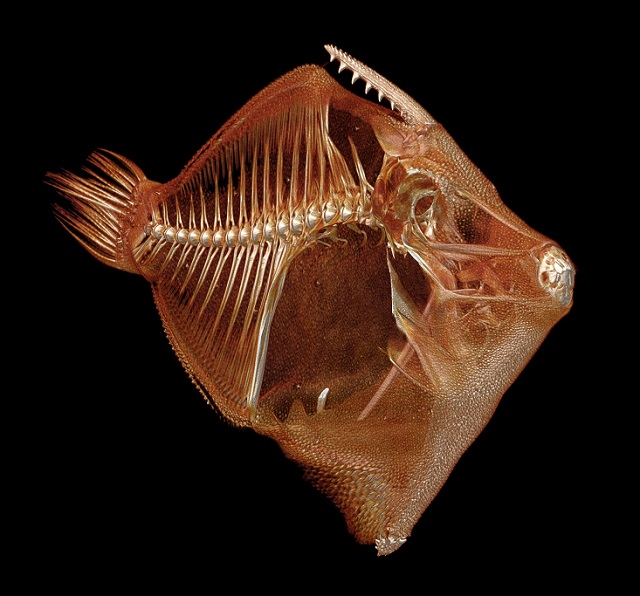 His next project is to scan all 50,000 vertebrate species on Earth — an undertaking he thinks is possible within a few years using half a dozen CT scanners. Colleagues at museums around the U.S. are writing a grant proposal to accomplish this feat.
His next project is to scan all 50,000 vertebrate species on Earth — an undertaking he thinks is possible within a few years using half a dozen CT scanners. Colleagues at museums around the U.S. are writing a grant proposal to accomplish this feat.
The scans are available online here.
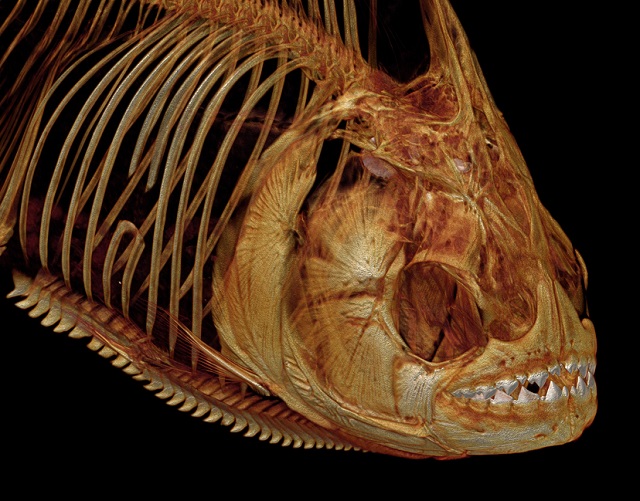
The opinions expressed herein are the author's and not necessarily those of The Maritime Executive.
